What soil is needed for growing anthurium?
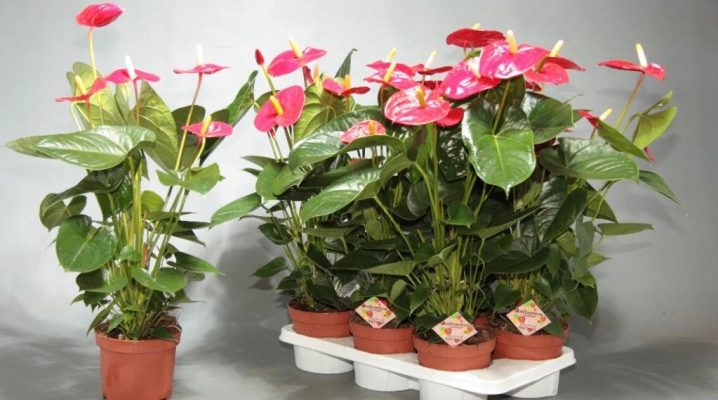
Amazing anthuriums (another name - "male happiness") have rightfully won the love of plant breeders for their exotic appearance, original shape and color of flowers. However, being very capricious plants, these evergreen exotics require special conditions of detention and extremely careful care. So, it is necessary to choose soil for anthuriums in accordance with their claims, paying attention to both the composition and properties of the soil mixture.
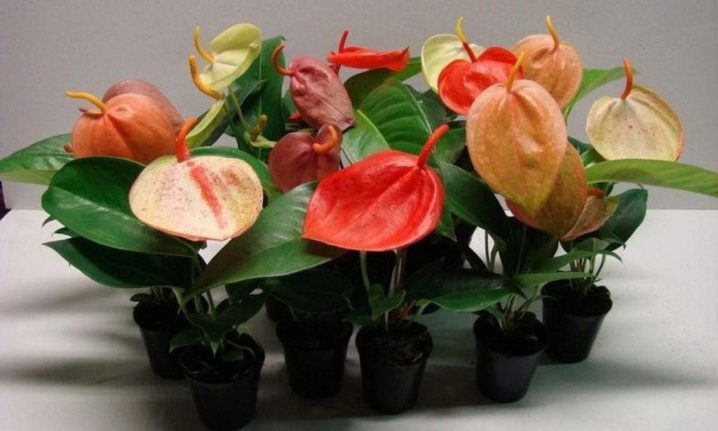
General requirements
The natural habitat of anthuriums is the tropics and subtropics, which is almost impossible to recreate in a city apartment. For this reason, experienced growers prefer to grow these exotic plants in spacious terrariums, where constant humidity and heat are maintained. In their natural environment, most anthurium species grow on trees and under trees, resting their roots on the forest floor.
Penetrating into the layer of rotted organic litter (leaves, branches, fruits, bark fragments), the roots nourish the plant, providing it with everything necessary for growth and development.

In a city apartment or house for anthurium, conditions should be created, as close as possible to its natural habitat. Ordinary garden land for growing this exotic is not suitable. In dense and poorly permeable soils, which anthurium does not like and does not tolerate, its roots begin to rot due to lack of air and high humidity.
Universal soils, which are normally perceived by many indoor plants, are also not suitable.
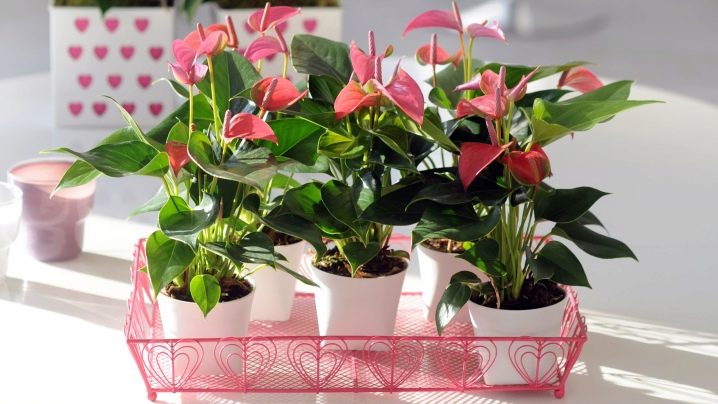
These capricious sissies need a mildly acidic soil that has the following properties:
- breathability;
- moisture permeability;
- ease;
- looseness;
- environmental friendliness.
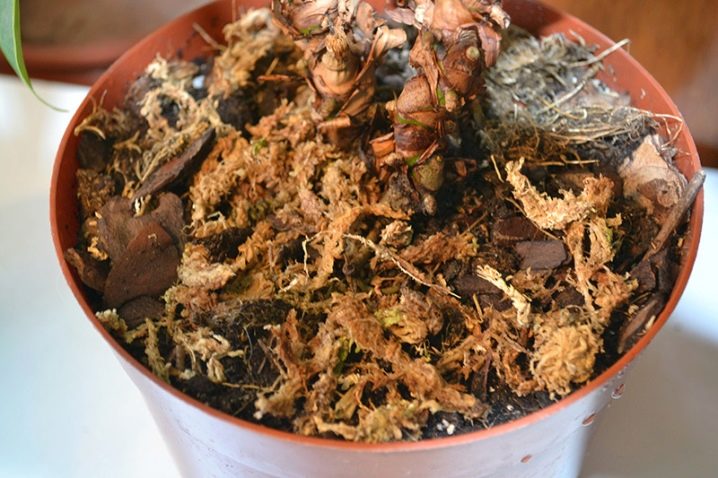
The recommended level of soil acidity that anthurium tolerates normally varies from 5.5 to 6 pH.
To ensure normal air and moisture circulation drainage elements and large fractions of natural origin must be present in the substrate.
What should be the composition?
The necessary list of soil mixture components that suits these capricious plants is found in substrates for orchids. Both of these representatives of exotic flora are very similar in their requirements for care and maintenance.
For their full growth and development, it is important so that the soil is drained, provides oxygen access to the roots, contains a sufficient number of air pockets, and allows moisture to pass through well, but it would not dry out.
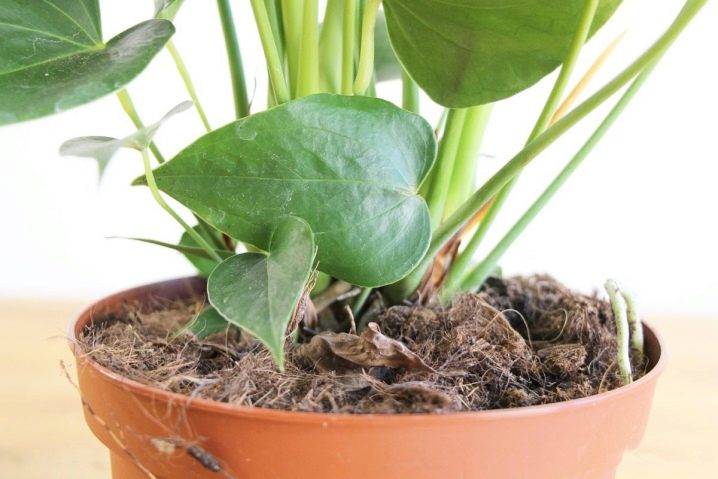
Usually, most of the soil mixtures recommended for planting and growing anthuriums contain several basic components.
- Peat provides weak acidity. It gives the substrate airiness and lightness, and also enriches its supply of nutrients, micro- and macroelements.
- Turf - an ingredient of organic origin, thanks to which the soil mixture acquires porosity, moisture and air permeability.
- Sand - a component that makes the substrate light. Due to the presence of sand in the soil mixture, excess moisture does not stagnate in the pot, and the soil does not cake.
- Leaf land - a valuable component that provides friability and nutritional value of the substrate.Its main element is semi-decayed tree foliage, due to which the soil has a suitable slightly acidic reaction.
- Sphagnum moss - a common component of substrates for exotic plants. It gives airiness to the soil mixture, passes water well and at the same time maintains optimal moisture at the roots. Its presence in the substrate provides easier and more comfortable survival for young plants.
- Overripe needles - a valuable component of slightly acidic soil mixtures. It gives the substrate a looser and lighter structure, has a good effect on acidity, and also prevents the damage to plants by fungal infections and chlorosis.
- Compost - decomposed organic residues used to increase the fertility of the substrate. In its pure form, the component is aggressive, therefore it is used only as part of mixtures.
- Charcoal - a useful organic component that increases the protective properties of the substrate. It is used as part of a soil mixture for better drainage, moisture and air permeability, as well as for the prevention of fungal infections.
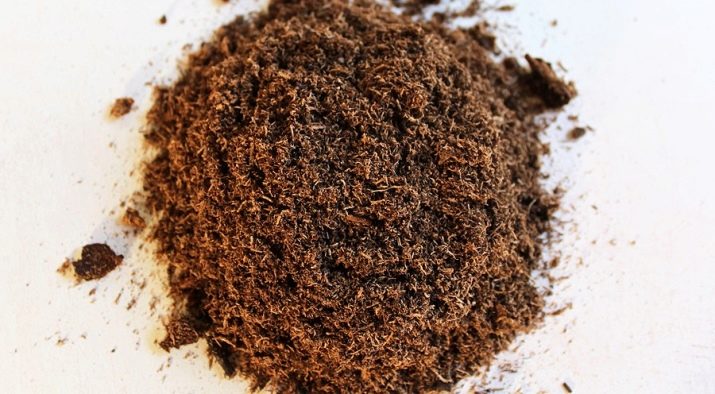

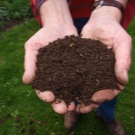
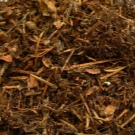
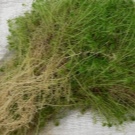
In order for the roots of the plant to receive a sufficient amount of air, it is advisable to transplant anthuriums in soil mixtures containing drainage. The following are usually used as drainage elements:
- brick chips;
- crushed expanded clay;
- small river pebbles or rubble.
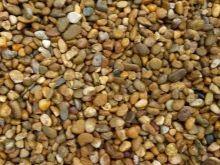
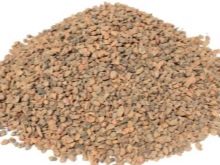
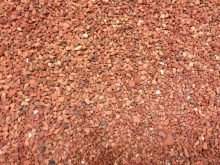
The drainage layer must necessarily cover the bottom of the pot, which will ensure the natural drainage of excess water through the drainage holes.
When planning to transplant your exotic pet into a self-prepared soil mixture, you should pay attention to such a valuable component as the bark of coniferous trees. Pine bark fragments are the basic element of substrates for orchids. Many flower growers use it in the preparation of soil mixtures for anthuriums.
The crushed bark makes the substrate light, permeable to moisture, and loose. It maintains a constant weak acidity, prevents the development of diseases of the root system.
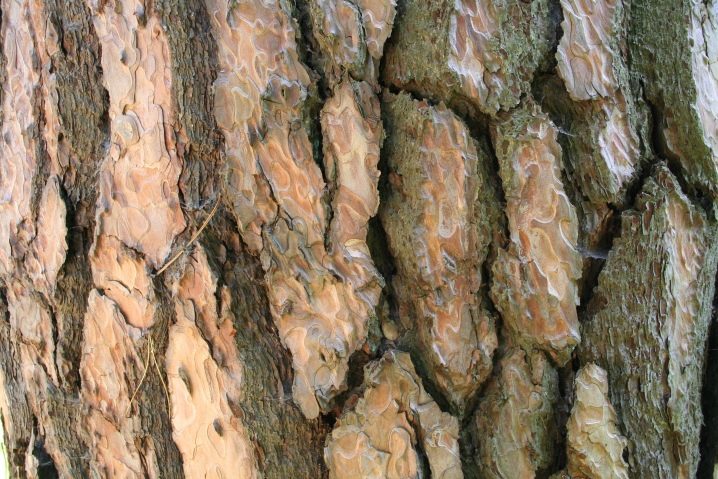
Selection of ready-made soil
Despite the wide range of ready-made substrates in gardening stores, choosing a soil mixture specifically for plants of the Aroid family is not so easy. However, some manufacturers still have in their lineup soils intended for indoor plants with increased requirements for air permeability and moisture capacity.
- "Forpro" - a well-known brand that produces ready-made soil mixtures specifically for anthuriums. The main components of this substrate are birch charcoal, high moor peat, larch bark and perlite. This composition is quite enough for the gentle exotics to feel good, receive sufficient nutrients and fully develop.
- Rich land - a large trade mark offering consumers ready-made high-quality soil mixtures for anthuriums. Substrates of this brand are well balanced, have the required acidity level: 4.5–5.5 pH. The high content of organic components in such mixtures creates optimal conditions for the growth and flowering of exotic "male happiness".
- "Gardens of Aurica" - a popular trade brand among gardeners that produces ready-made substrates and substrate components for representatives of the Aroid family, which includes anthuriums. The composition of the substrate mixture of this brand includes sod land, pine bark and needles, sphagnum and sand. To provide capricious exotics with the best living conditions, the manufacturer enriches its mixtures with complex mineral and potash fertilizers.

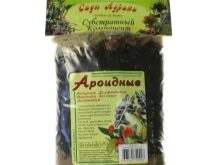
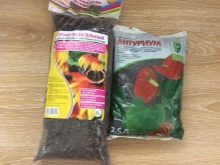
How to prepare the substrate yourself?
It is not always possible to find in stores the necessary ready-made soil mixture intended for plants of the Aroid family. In this case, experienced flower growers acquire the necessary components for the preparation of a balanced, slightly acidic substrate at home. One of the easiest ways to prepare a suitable composition for capricious exotics involves mixing the following components:
- soil mixture for azaleas;
- substrate for orchids;
- sphagnum;
- crushed coal.

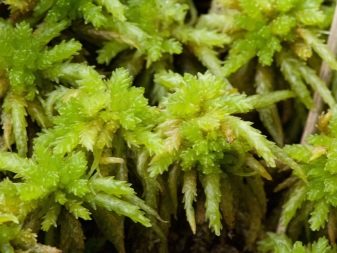
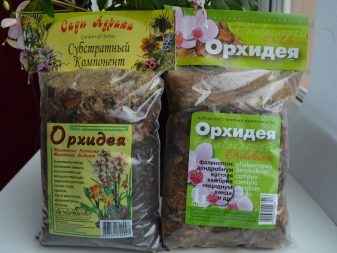

A soil mixture has proven itself well, the components for which are easy to find in natural conditions. These include:
- peat;
- deciduous humus;
- pine needles.
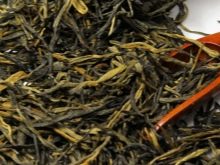

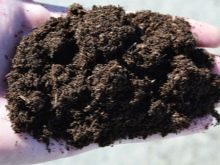
Components collected in natural conditions must be processed. Peat and deciduous humus are steamed, the needles are washed with boiling water, and then treated with a solution of potassium permanganate and the preparation "Fundazol".
In the case when the ingredients for the preparation of the substrate cannot be purchased, you can use the recipe for a universal soil mixture suitable for representatives of the Aroid family. To prepare it, you need to mix ordinary flower soil, intended for indoor plants, and chopped pine bark. Ordinary flower soil contains a large amount of peat, which provides a weak acidity, which is so important for anthurium.
The addition of pine bark fragments, in turn, will improve the drainage of the soil, its moisture content and air permeability.
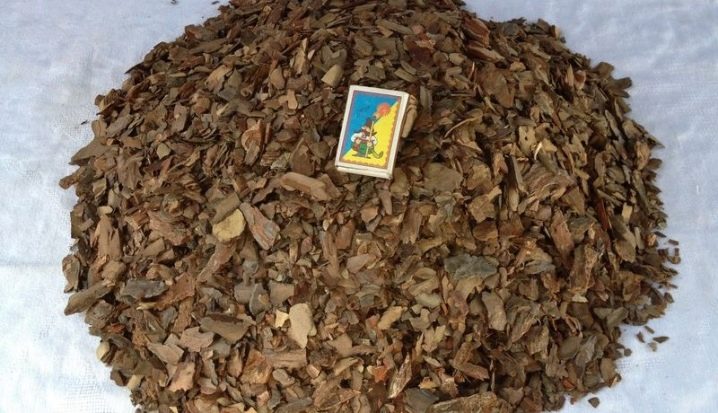
Another not very complicated, but time-tested recipe for a substrate for anthuriums involves the use of:
- peat;
- soils from coniferous forest (upper layers lying under trees);
- deciduous humus.
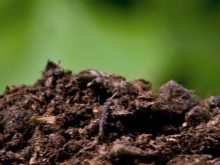
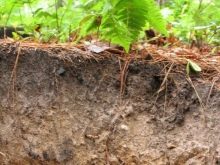
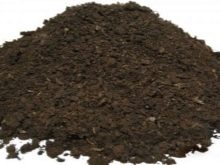
All components are mixed in equal parts and a little coarse river sand is added to them. To improve the air permeability of the soil mixture, you can add to it a part of sphagnum, a part of crushed charcoal and a part of crushed pine bark.
Another reliable recipe for preparing a good soil for anthuriums includes:
- sod land;
- peat;
- crushed pine bark;
- sphagnum.
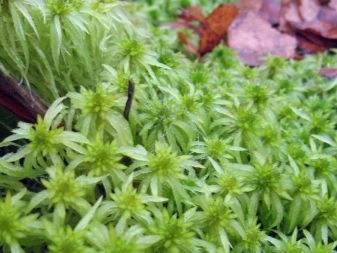
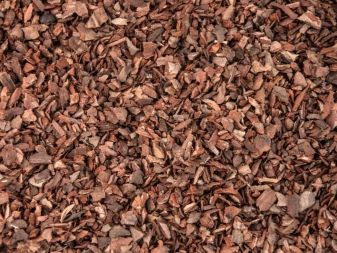
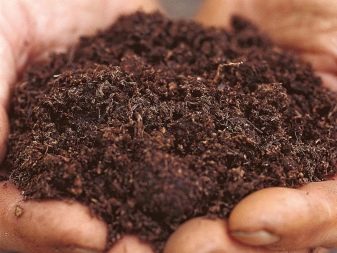
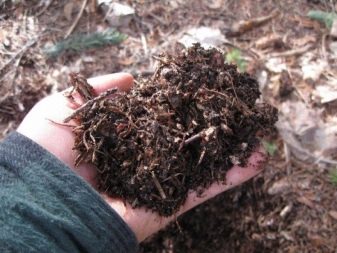
To prepare a nutritious and light soil mixture, two parts of the turf are mixed with the rest of the ingredients, taken in one part. If desired, you can enhance the nutritional properties of the substrate by adding part of the compost (deciduous humus). It is also allowed to add a small amount of crushed charcoal.
When preparing the substrate for transplanting anthurium, it is very important to take care of high-quality drainage. Without drainage elements, the water will stagnate in the pot, as a result of which the soil will begin to acidify, and the roots of the plants will rot and die. As drainage at home they use:
- crushed expanded clay;
- brick chips;
- gravel, pebbles or rubble;
- coconut fiber.
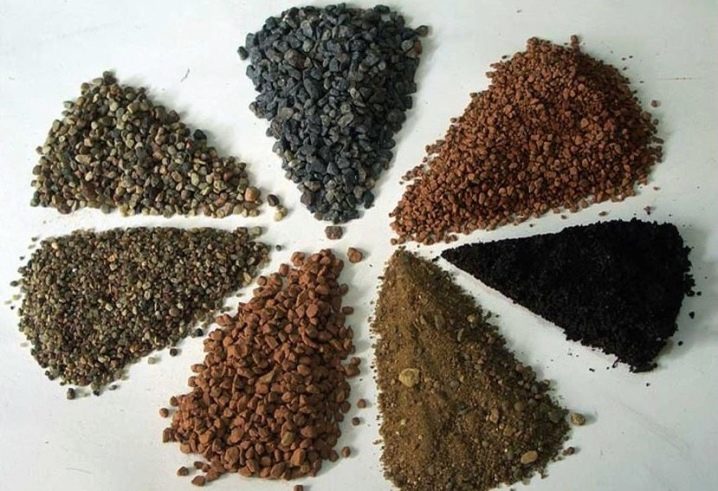
In the absence of these components, you can use foam, broken into small fragments.
The drainage layer when transplanting the plant is placed in the pot first. Perlite is often used to give the substrate looseness and airiness. This eco-friendly natural material prevents soil from clumping. In addition, it improves the breathability and moisture holding capacity of the substrate.
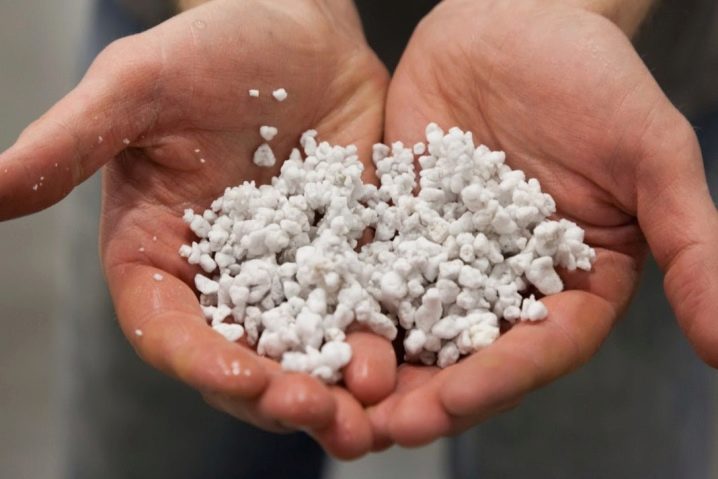
How to care for the land?
Even the highest quality soil for anthuriums has its own shelf life. After a certain period of time, the substrates decompose, deplete and lose their usefulness. To extend the service life of the soil mixture, a number of simple requirements should be observed.
- Before planting an exotic plant in a fresh substrate, it is advisable to disinfect the latter. For this, the soil mixture is steamed or spilled with a solution of potassium permanganate. Thanks to heat treatment, the risk of plant diseases will decrease, the threat of their damage by pests will disappear.
- Caring for capricious anthuriums provides for periodic feeding. By regularly obtaining nutrients from the substrate, plants deplete its resources. In order for the soil mixture to remain suitable for growing plants for a long time, organic and complex mineral dressings are introduced into it.Fertilization is carried out in accordance with the recommended schedule.
- Often, due to watering with hard water saturated with salts, a dirty yellow or dirty gray coating forms on the surface of the substrate. It does not pose a particular threat to plants, but experienced flower growers still recommend to carefully clean it off. In this case, a little fresh nutritious soil is added to replace the removed surface layer.
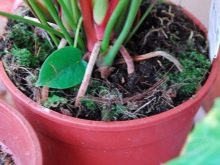
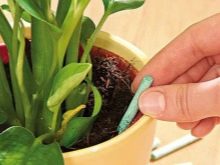

For information on how to transplant anthurium and choose a soil, see the video below.































The comment was sent successfully.